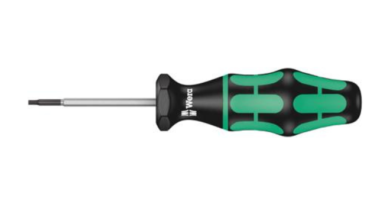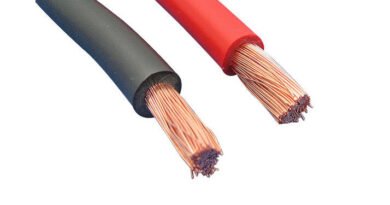Discover the Immense Potential of Steel Brackets in Various Applications
Introduction
When it comes to durable, versatile, and affordable construction materials, steel brackets stand out as the perfect choice for various applications. This blog post will delve into the world of steel brackets, exploring their benefits, uses, and the different types available in the market. Let’s dive into the immense potential of steel brackets and how they can revolutionize your projects.
What are Steel Brackets?
Steel brackets are essential components used in various structural, architectural, and industrial applications. They provide support, reinforcement, and stabilization for various objects and materials. Made from high-quality steel, these brackets offer incredible strength, corrosion resistance, and adaptability.
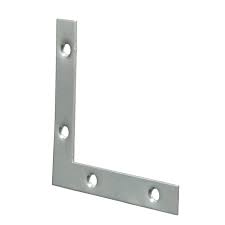
Benefits of Using Steel Brackets
Strength and Durability
One of the most significant benefits of steel brackets is their strength and durability. Steel is known for its excellent load-bearing capacity, making it ideal for supporting heavy objects and materials. Moreover, steel brackets are highly resistant to corrosion, ensuring a long-lasting and reliable solution.
Easy Installation
Steel brackets are relatively easy to install, requiring minimal tools and expertise. This ease of installation reduces labor costs and the overall time spent on your project.
Cost-effective
Compared to other materials, steel brackets are an affordable option. The combination of their durability and low-cost manufacturing makes them a highly cost-effective solution for a wide range of applications.
Versatility
Steel brackets come in various shapes, sizes, and designs, making them suitable for numerous applications. Their adaptability ensures that they can cater to different project requirements and can be customized to fit specific needs.
Sustainability
Steel is a highly sustainable material, as it can be recycled indefinitely without losing its strength and quality. By using steel brackets, you contribute to reducing waste and promoting a more eco-friendly construction process.
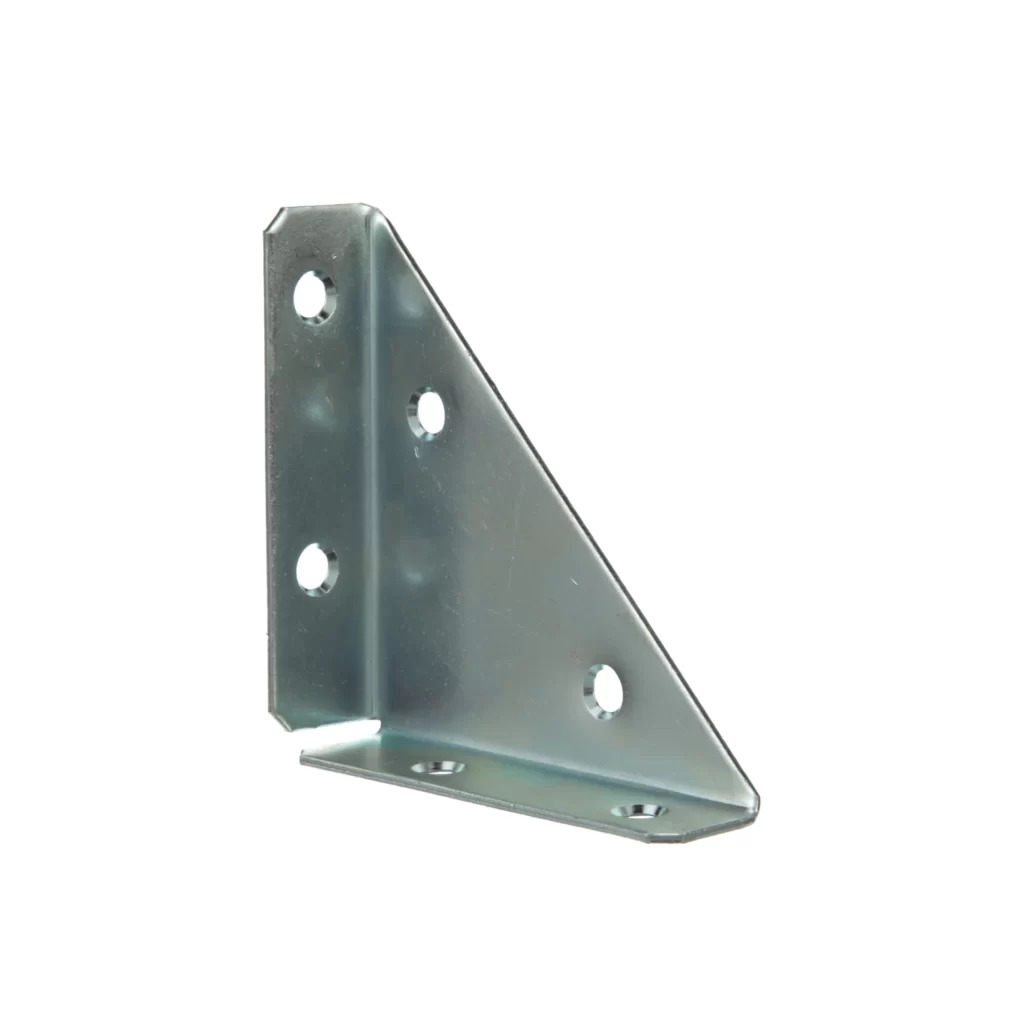
Types of Steel Brackets
Angle Brackets
Angle brackets are the most common type of steel brackets, consisting of an L-shaped design that provides support at a 90-degree angle. They are commonly used in furniture construction, shelving units, and general reinforcement applications.
Flat Brackets
Flat brackets are simple, straight brackets that offer support and reinforcement in various applications. They are commonly used in situations where a flat surface is needed for support or attachment.
U-Shaped Brackets
U-shaped brackets are designed with a U-shaped profile, providing additional support and stability for objects and materials. They are ideal for securing pipes, ductwork, and other cylindrical materials in place.
T-Brackets
T-brackets feature a T-shaped design, providing support and reinforcement at a 90-degree angle. They are commonly used in applications where two perpendicular surfaces need to be joined, such as in woodworking and framing projects.
Custom Brackets
Custom brackets are designed and manufactured according to specific requirements, ensuring a perfect fit for unique applications. These bespoke solutions cater to special projects where standard bracket designs may not be suitable.

Common Applications of Steel Brackets
Construction and Architectural Projects
In construction and architectural projects, steel brackets are used to provide support and reinforcement for beams, columns, and other structural elements. They also play a crucial role in the installation of decorative features such as balustrades, railings, and awnings.
Furniture and Cabinetry
Steel brackets are commonly used in furniture and cabinetry applications, providing support for shelves, drawers, and other components. They ensure a sturdy and long-lasting construction that can withstand daily use.
Industrial and Mechanical Applications
In industrial and mechanical settings, steel brackets are used for securing equipment, machinery, and other heavy components. They provide the necessary strength and support to ensure that these elements remain stable and functional throughout their lifespan. Steel brackets are also vital in mounting and fastening various components within these systems, such as motors, pumps, and conveyors.
Automotive and Transportation
In the automotive and transportation industries, steel brackets play a crucial role in supporting and reinforcing various vehicle components. From engine mounts to suspension systems and exhaust hangers, steel brackets provide the necessary strength and durability to withstand the demanding conditions experienced in these applications.
Electronics and Communication Systems
Steel brackets are utilized in the installation and support of electronic and communication systems, such as mounting antennas, satellite dishes, and security cameras. Their high strength and corrosion resistance make them suitable for outdoor installations and ensure the longevity of these systems.
Home and Garden
In residential settings, steel brackets are widely used for installing shelves, hanging plants, and securing outdoor structures such as pergolas, gazebos, and trellises. Their durability and resistance to the elements make them an ideal choice for outdoor applications and long-lasting home improvement projects.
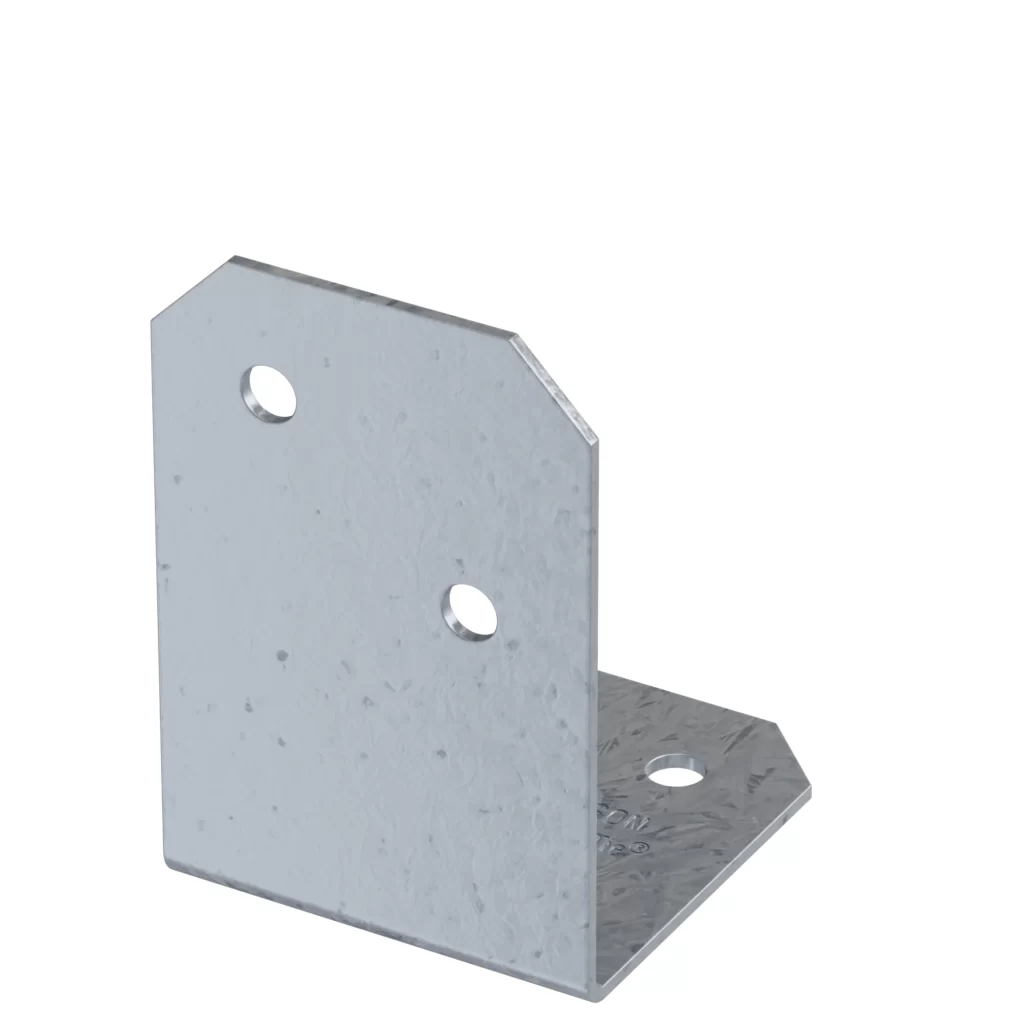
Choosing the Right Steel Bracket
When selecting a steel brackets for your project, it’s essential to consider the following factors:
- Load-bearing capacity: Determine the weight of the object or material that the bracket will support and ensure that the chosen bracket can handle the load.
- Size and dimensions: Choose a bracket with the appropriate size and dimensions to fit the available space and provide adequate support.
- Material: Opt for brackets made from high-quality, corrosion-resistant steel to ensure durability and longevity.
- Design: Consider the bracket’s design and how it will fit into your project aesthetically. Select a bracket style that complements the overall appearance and function of the application.
- Installation: Assess the ease of installation for the chosen bracket and make sure that it is compatible with the tools and expertise available for the project.
Conclusion
Steel brackets are a versatile, durable, and cost-effective solution for various applications across numerous industries. By understanding the different types of steel brackets and their common uses, you can make informed decisions when selecting the perfect bracket for your specific project requirements. Remember to consider factors such as load-bearing capacity, size, material, design, and installation when choosing the right steel bracket for your needs. With the right steel bracket in place, you can ensure a strong, stable, and long-lasting support system for any project.


